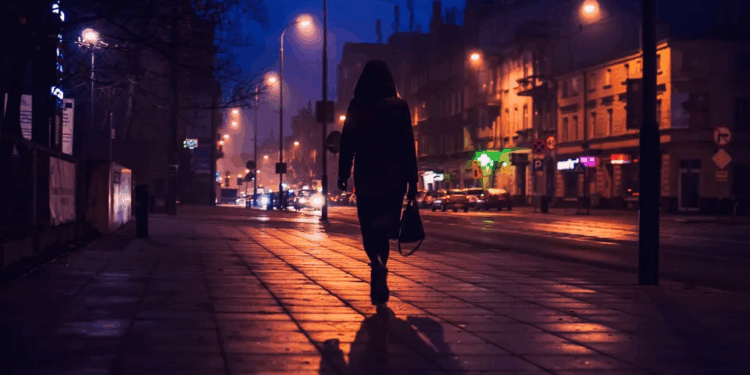From Singapore to the Gulf, Gallup’s latest global safety report shows which countries have built the strongest sense of confidence after dark
23 September 2025
The world today seems to be a place of growing contradictions. We’re living through the highest number of armed conflicts since World War II, political polarisation is rampant, and trust in governments is at historic lows. So it might seem surprising that the new Gallup 2025 Global Safety Report shows that people feel safer than they have in 20 years.
Trending VideoRewatch: The Met Gala 2025 red carpet livestream
This unexpected finding forces us to redefine what “safety” truly means. Based on more than 145,000 interviews across 144 countries, the report reveals that feelings of security are shaped less by global events and more by the foundations of daily life: the strength of our institutions, the reliability of our infrastructure and the health of our communities. The report provides a rare, global look at how these perceptions are evolving, and highlights the common traits of countries where confidence after dark is the norm.
About Gallup
Gallup is a global analytics and advisory firm that has been measuring perceptions of safety worldwide since 2006. Its annual Global Safety Report is based on nationally representative surveys, making it one of the few consistent measures of a population’s perception of security.
Methodology and data
The Gallup World Poll, a continuous, global research initiative, serves as the data source for the Global Safety Report. For this study, Gallup compiled data from over 145,000 interviews conducted in 144 countries and territories. The sample is designed to be a nationally representative, probability-based measure of the adult population (ages 15 and up).
The questions asked of every respondent are:
- Do you feel safe walking alone at night in the city or area where you live?
- Do you have confidence in the local police force in the city or area where you live?
- Within the last 12 months, have you had money or property stolen from you or another household member?
- Within the past 12 months, have you been assaulted or mugged?
The safest countries in the world to walk alone at night
- Singapore – 98 per cent
- Tajikistan – 95 per cent
- China – 94 per cent
- Oman – 94 per cent
- Saudi Arabia – 93 per cent
- Hong Kong, SAR of China – 91 per cent
- Kuwait – 91 per cent
- Norway – 91 per cent
- Bahrain – 90 per cent
- United Arab Emirates – 90 per cent
Why these countries top the list
The countries that top Gallup’s Global Safety Report share a set of conditions that make safety feel like part of daily life. In Singapore, China and much of the Gulf, the perception of safety comes from centralised governance and the visibility of law enforcement. These are places where investment in infrastructure and surveillance is high, and where the presence of authority is part of the social fabric. The result is a sense of order and predictability that translates into confidence after dark.
Elsewhere, the foundation is different. Norway’s ranking, for instance, is less about strict enforcement and more about the trust that binds its communities together. Social cohesion, faith in institutions and a collective sense of responsibility create environments where people assume others will act lawfully. Together, these examples show that safety is never just the absence of crime. It’s built through systems – legal, institutional or social – that convince people their surroundings can be relied upon.
What are the global trends?
Taken together, the results show a world that is far from uniform when it comes to walking home at night. The top tier — countries above 90 per cent — is dominated by East Asia, the Gulf and a handful of Northern European states, all places where either strong institutional trust or visible enforcement underpins daily life. Then come the countries in the middle where India happens to sit. India scores 72 per cent, the same as Bulgaria, Cyprus and Libya. This places it well above the global average but still reveals issues in urban infrastructure and social inequality.
Latin America and parts of sub-Saharan Africa anchor the lower end of the spectrum, with countries such as Brazil at 51 per cent, Nigeria at 53 per cent and South Africa at 33 per cent, reporting some of the weakest perceptions of safety. In these regions, long-standing issues of crime and political instability continue to weigh heavily.
First published in CNT ME.



